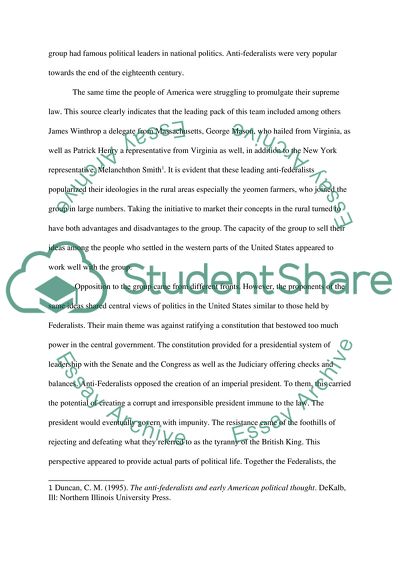Cite this document
(“The First Great Compromise in US History Research Paper”, n.d.)
The First Great Compromise in US History Research Paper. Retrieved from https://studentshare.org/history/1662138-the-first-great-compromise-in-us-history
The First Great Compromise in US History Research Paper. Retrieved from https://studentshare.org/history/1662138-the-first-great-compromise-in-us-history
(The First Great Compromise in US History Research Paper)
The First Great Compromise in US History Research Paper. https://studentshare.org/history/1662138-the-first-great-compromise-in-us-history.
The First Great Compromise in US History Research Paper. https://studentshare.org/history/1662138-the-first-great-compromise-in-us-history.
“The First Great Compromise in US History Research Paper”, n.d. https://studentshare.org/history/1662138-the-first-great-compromise-in-us-history.


